
rate: 50% Stroke 500 mm Series CM2 Pressure 0.5 MPa Load rate: 50% Stroke 300 mm Average speed (mm/s) Series 800 700 600 500 400 300 200 100 0 Perpendicular, upward actuation SY3140-01 Horizontal actuation 800 700 600 500 400 300 200 100 0 SY5140-02 800 700 600 500 400 300 200 100 0 SY7140-03 800 700 600 500 400 300 200 100 0 SY9140-04 Cylinder is in extending.
Do not drop, bump, or apply excessive impacts (300m/s2 or more for reed switches and 1000m/s2 or more for solid state switches) while handling. Although the body of the switch may not be damaged, the inside of the switch could be damaged and cause a malfunction. 5. Do not allow short circuiting of loads.
Wiring Diagram Black S1 Lood Sensor on the unclamping side () Blue 2 3 1 4 S2 Lood Sensor on the clamping side (+) Brown White Note) Both TURCK and P&F are common. 14 Series CKZ3T Power Clamp Cylinder Construction Model Selection CKZ3N North American Type Made to Order European Type CKZ3T y !9 @0 !7 Metal cover Top cover !8 t Rubber cover !0 q e !1 u !5 !6 !3 !4 o i Without switch !
Auto Switches Common Specifications Solid state auto switch Type Reed auto switch 3-wire: 100 A or less, 2-wire: 0.8 mA or less Leakage current None Operating time 1 ms or less 1.2 ms Impact resistance 1000 m/s2 300 m/s2 50 M or more at 500 VDC Mega (Between lead wire and case) Insulation resistance 1500 VAC for 1 minute (Between lead wire and case) 1000 VAC for 1 minute (Between lead wire
F(N) F(N) Stroke 105 15 9 110 115 14 120 8 125 130 13 140 150 7 12 175 5 200 11 0 1 2 Rotation angle Linear motion Number of Auto Switches Mounted 02 0S 0 S2 SS S0 1 Nil 2S 20 2 n2 nS n0 n Combinations of made-to-order products No. 1 to 4 are available. Please contact SMC for further information. 11-10-19
Mount switches in locations where there is no vibration greater than 98 m/s2, or impact greater than 490 m/s2. 3. Do not use in an area where surges are generated.
Red Black Black Polarity indication 20 Series VZ200/400 Precaution 3 Be sure to read before handling. For Safety Instructions and Solenoid Valve Precautions, refer to page 4-18-2. How to Wire DIN Terminal Caution Connection 1. Loosen the set screw and pull out the connector from the terminal block of the solenoid. 2.
Electric specifications 0.1 MPa 0.1 MPa Single Double Minimum operating pressure 1 (P) 5 (R1) 3 (R2) 2 position double (metal) 3 position 0.1 MPa (A) 4 (B) 2 Ambient and fluid temperature Lubrication Manual override Impact resistance/ Vibration resistance Enclosure Rated coil voltage 10 to 60C (1) VK None Push type (Tool required) 1 (P) 5 (R1) 3 (R2) VZ 2 position double (rubber) 150/50 m/s2
: Individual take out of A and B sides K plug connector type: Common take out of A and B sides DIN terminal type: individual take out of A and B sides A little power consumption: 1.8 WDC For serial transmission EVS Fluid Maximum operating pressure Minimum operating pressure Proof pressure Ambient and fluid temperature Lubrication Pilot valve manual override Shock/Vibration resistance (m/s2
Acceleration/deceleration time (ms) = {3000 (r/min) 60 (S) } 8 (mm) 1000 3000 (mm/s2) 133 (ms) Speed at a rated motor rotation of 3000rpm Accel/decel time (ms) = {Rated Rotation Speed (r/min) 60 (S) } Screw Lead (mm) 1000 * Acceleration/deceleration speed (mm/s2) *Acceleration speed is measured in ms, so this must be calculated as (s) 1000 47 - 5.6.4 Move distance Configuration and Operation
Acceleration/deceleration time (ms) = {3000 (r/min) 60 (S) } 8 (mm) 1000 3000 (mm/s2) 133 (ms) Speed at a rated motor rotation of 3000rpm Accel/decel time (ms) = {Rated Rotation Speed (r/min) 60 (S) } Screw Lead (mm) 1000 * Acceleration/deceleration speed (mm/s2) *Acceleration speed is measured in ms, so this must be calculated as (s) 1000 -37- 6.6.4 Movement distance Configuration and
The low profile design saves space and s2 reduces bending moments. b. 52 reuuuEs ucl|ulrg rl|ul|l -. iil _] 'lmproved accuracy with smooth operation J | . . ^ , " ^ Height is approximately 1/3 the size ol an equivalent Series MHZ2.
Flow Rate Characteristics Aluminum Body Type Size Port size Orifice diameter [mm] Flow rate characteristics*1 Max. operating pressure differential [MPa] Model Weight*2 [g] C [dm3/(sbar)] b Cv 20 1/8, 1/4 3 1.41 0.54 0.35 0.7 JSX21-Am30m 240 5 1.66 0.54 0.52 0.2 JSX21-Am50m 240 30 1/4, 3/8 4 1.57 0.59 0.52 1.0 JSX31-Am40m 400 7 3.02 0.53 0.88 0.2 JSX31-Am70m 400 *1 The flow rate characteristics
Insulation resistance 10 to 500 Hz with a 1.5 mm amplitude or 98 m/s2 acceleration, whichever is smaller. Vibration resistance 490 m/s2 in X, Y, Z directions 3 times each Impact resistance 1000 Vp-p, Pulse width 1 s, Rise time 1 ns Noise resistance 200 g 240 g Weight Note 3) Port size (Rc, NPT, G) 1/8, 1/4 3/8 1/2 Note 1) The system accuracy when combined with PF2A2/3.
600 Flow rate [L/min (ANR)] Flow rate [L/min (ANR)] AFM40-A AFD40-A P1=0.5 MPa P1=0.3 MPa 0.04 0.04 P1=0.7 MPa P1=0.3 MPa P1=0.7 MPa P1=0.5 MPa 0.03 0.03 Pressure drop [MPa] Pressure drop [MPa] 0.02 0.02 P1=0.5 MPa P1=0.5 MPa P1=0.3 MPa P1=0.3 MPa P1=0.7 MPa 0.01 0.01 P1=0.7 MPa 0 0 0 0 100 200 300 500 400 600 200 800 1000 400 600 Flow rate [L/min (ANR)] Flow rate [L/min (ANR)] 57 Mist Separator
Movement Load : Angular acceleration F: Pressing force (N) T f = F x l (Nm) . 2 = (rad/s 2) Load Static torque calculation t 2 g = 9.8 m/s2 Ts = F x l (Nm) l : Rotation angle (rad) Lever t : Rotation time (S) Axis Rotary actuator Axis Allowable Load Application of the load on the axial direction is tolerated if no dynamic load is generated and the values are within what is shown in the
Static torque calculation Tf = F x L (Nm) Load . g = 9.8m/s2 F: Pressing force (N) : Angular acceleration Load .
Movement Load : Angular acceleration F: Pressing force (N) T f = F x l (Nm) . 2 = (rad/s 2) Load Static torque calculation t 2 g = 9.8 m/s2 Ts = F x l (Nm) l : Rotation angle (rad) Lever t : Rotation time (S) Axis Rotary actuator Axis Allowable Load Application of the load on the axial direction is tolerated if no dynamic load is generated and the values are within what is shown in the
Movement Load : Angular acceleration F: Pressing force (N) T f = F x l (Nm) . 2 = (rad/s 2) Load Static torque calculation t 2 g = 9.8 m/s2 Ts = F x l (Nm) l : Rotation angle (rad) Lever t : Rotation time (S) Axis Rotary actuator Axis Allowable Load Application of the load on the axial direction is tolerated if no dynamic load is generated and the values are within what is shown in the
Heater assembly quantity 200/40 400/70 400/80 600/130 800/180 1200/300 1600/400 100V H5 120C 800/40 1600/80 1600/80 2400/130 3200/180 4800/300 6400/400 200V The inrush current of the heater flows for several ten seconds when using 100V while it flows for several seconds when using 200V. However, this inrush current decreases momentarily.
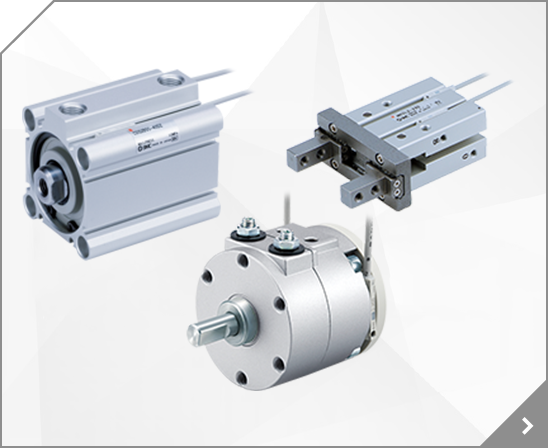


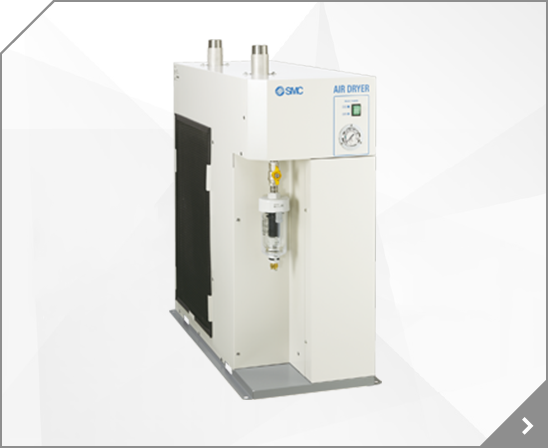
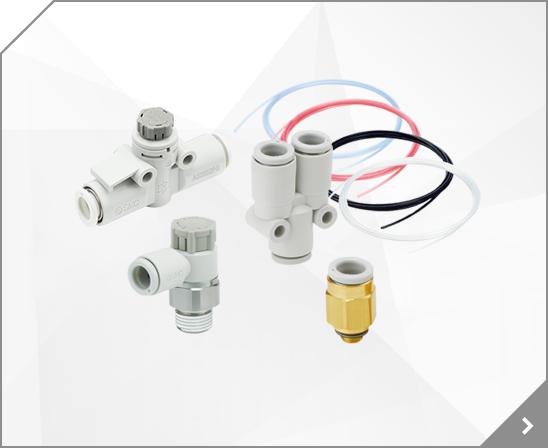
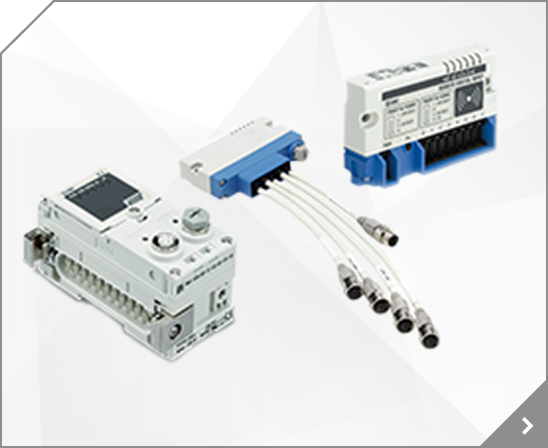
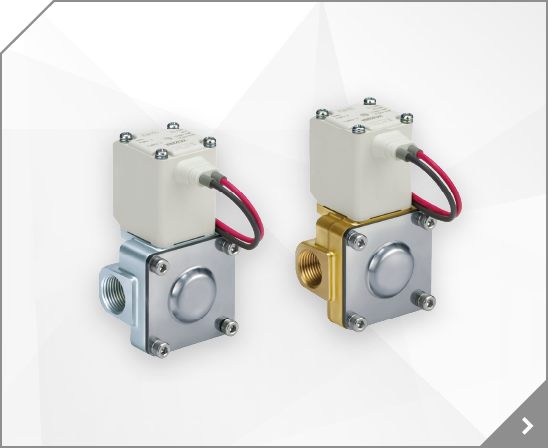
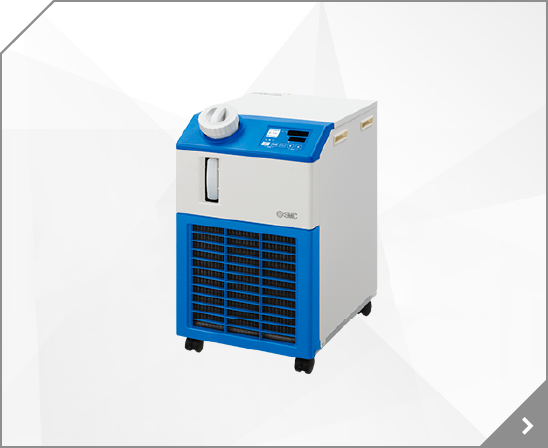
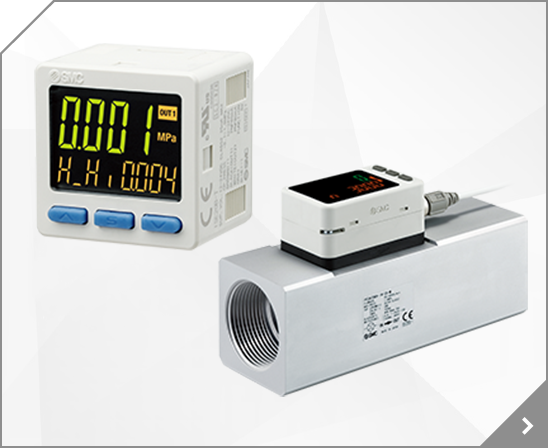
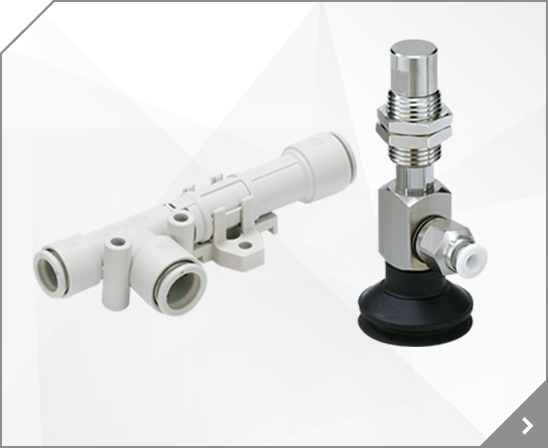

 5 Port Solenoid Valve SY Series
5 Port Solenoid Valve SY Series